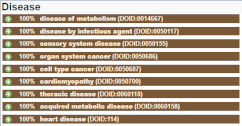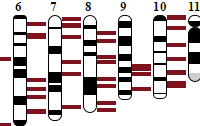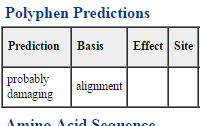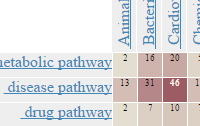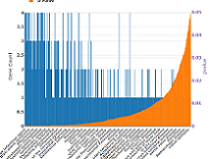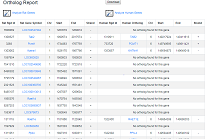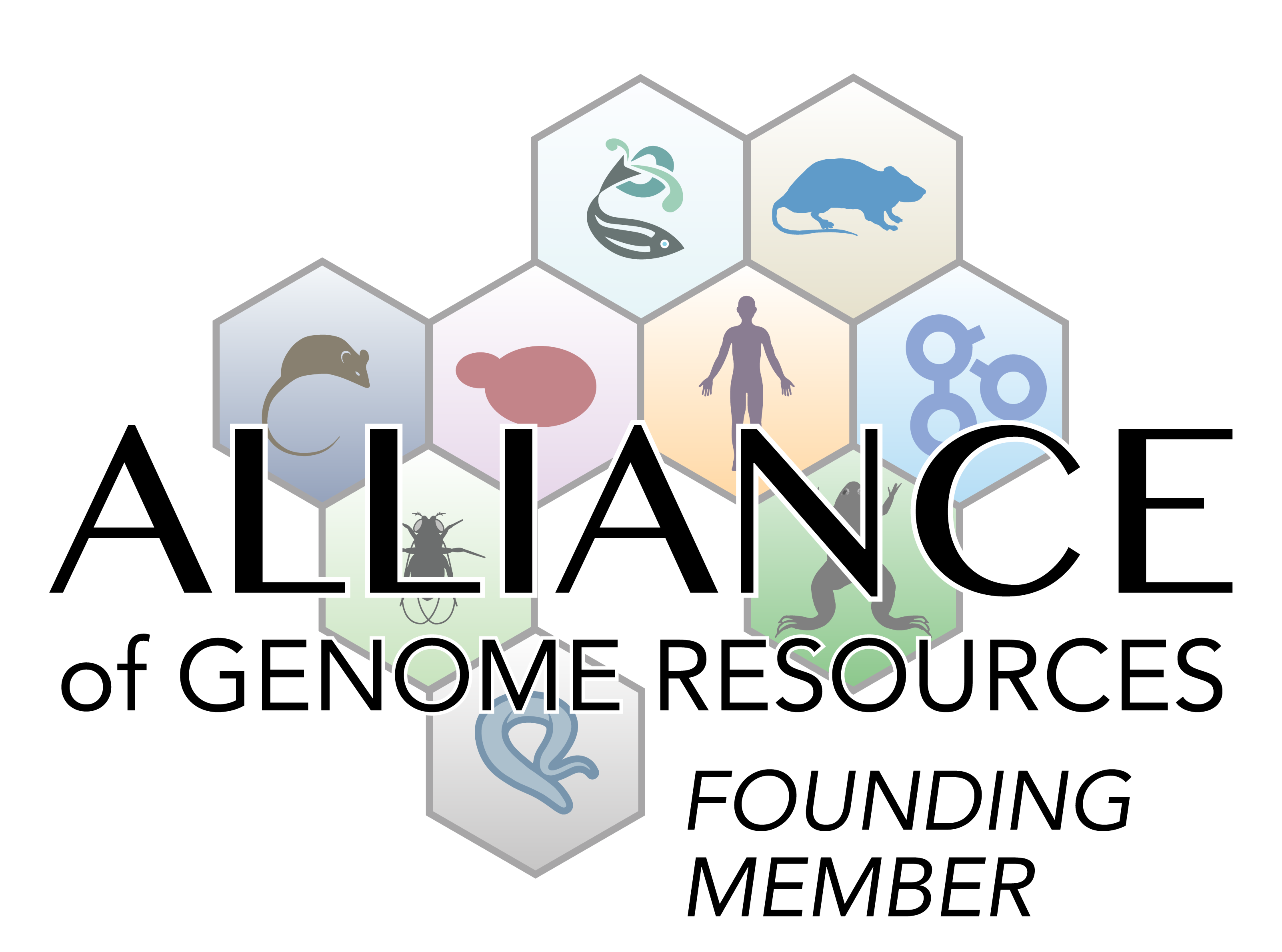13-Lined Ground Squirrel
Ictidomys tridecemlineatus
Welcome to the Squirrel Portal within RGD. This portal contains links to data related to the 13-lined Ground Squirrel, Ictidomys tridecemlineatus, and to tools that squirrel researchers can use to find and analyze that data. Please feel free to contact us with suggestions for additional data or tools that would help advance your research.

| |||

|
“The 13-lined ground squirrel, (Ictidomys tridecemlineatus), is used for the study of vision, particularly retinal function, visual processing and cone photoreceptor function. Squirrels are diurnal, have relatively large eyes, and rely on vision more than nocturnal rodents, such as mouse and rat. Their retinas have a high proportion of cone photoreceptors, similar to primate retinas. Squirrels are obligate hibernators, meaning they annually go into hibernation regardless of temperatures or food resources. The ability to survive and thrive through long periods of torpor with brief periods of arousal makes it an excellent model for studies of metabolism, hypoxia/reperfusion, and longevity. 13-lined ground squirrels preserve cortical bone macrostructure during hibernation, preventing risk of bone fractures upon remobilization -an issue for human spaceflight, for example. Moreover, hibernating squirrels experience conditions of immobility and catabolic stress, and yet are able to maintain sarcolemmal nNOS, a factor in muscle homeostasis, and this may shed light on conditions such as muscular dystrophy. During hibernation they experience reduced blood flow and oxygen delivery and yet show incredible resistance to neurological damage, possibly due to an enhanced brain mitochondrial oxidative capacity. These findings indicate the squirrel may be an excellent model for human brain diseases such as ischemia, stroke, and Alzheimer’s. Data at RGD for squirrel is currently limited, but progressing. However, data is available for orthologs in other species and is easily accessible through links from the squirrel pages and tools that query across species. A researcher interested in retinal diseases, for example, can easily compare data from squirrel to rich datasets for rat, mouse, and human. For species such as squirrel, that is relatively new to the realm of genomics, the integration with more highly studied species can help to inform research going forward.” Sources: PMID:29761460, PMID:31228152, PMID:31713623, PMID:19602865, PMID:21430199, PMID:4958477, PMID:21403107, PMID:28077389, PMID:30763120, PMID:27670641 |
||
Squirrel Data
Tools for Squirrel Data Analysis
Squirrel JBrowse
|
OLGA:
|
MOET:
|
GA Tool:
|
GOLF:
|
PhenoMiner
If you would like to submit your own Squirrel data to Phenominer, please submit here
|
Genome and Gene Resources


